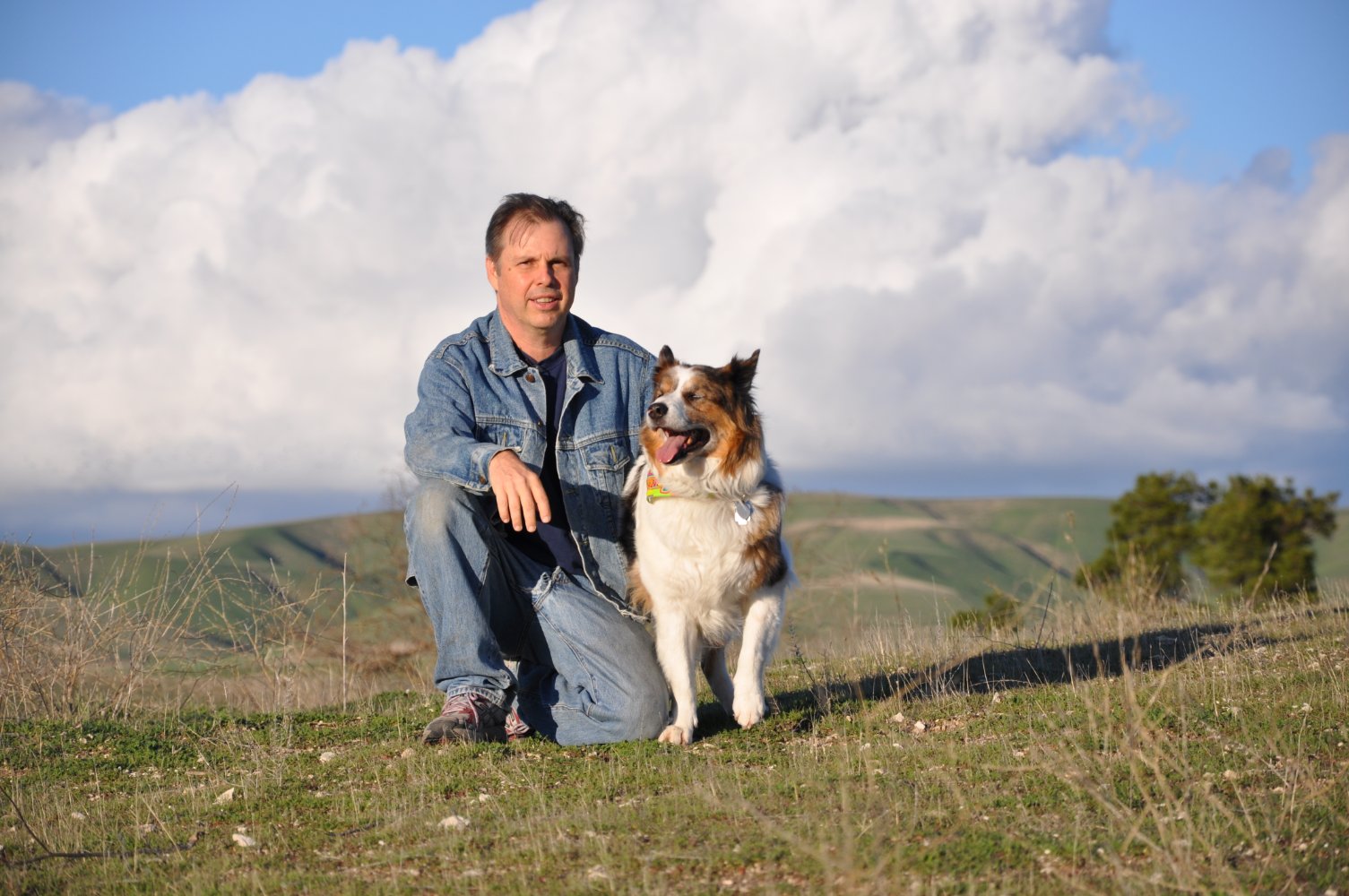Todd Emmanuel Fisher
is an American director, cinematographer, and producer of television films and documentaries. Fisher is the son of singer Eddie Fisher and actress Debbie Reynolds and brother of Carrie Fisher.
He has a professional background in architectural design and sound engineering, with experience designing and building sound stages, recording studios, and television facilities. Fisher is also a business executive; the former CEO, president, CFO, and treasurer of the Debbie Reynolds Hotel & Casino (DRHC), Debbie Reynolds Management Company, Inc., and Debbie Reynolds Resorts, Inc. - former CEO and curator of the Hollywood Motion Picture Museum, which was housed at Debbie Reynolds Studios (DR Studios) in North Hollywood and at his ranch in Creston, California.
Todd Fisher is currently CEO of the high-end production company Hollywood Motion Picture Experience
Early and personal life
Fisher was born on February 24, 1958 in Burbank, California, to actors Eddie Fisher and Debbie Reynolds. Fisher's paternal grandparents were Jewish Russian immigrants, while his mother's ancestry was Protestant, Scots-Irish, and English. Fisher, who was named after his father's best friend, Mike Todd, is the second of two children born to his parents. His sister, Carrie Fisher, was born in 1956.
His parents divorced in 1959. A later marriage between his father and actress Connie Stevens resulted in the births of Fisher's two half-sisters, Joely Fisher and Tricia Leigh Fisher. In 1960, his mother married Harry Karl, owner of a chain of shoe stores. His mother and stepfather divorced in 1973, when Fisher was 15 years old.
Fisher attended Beverly Hills High School, graduating in 1976. Following high school graduation, he attended the Southern California Institute of Architecture in Los Angeles.[6]
In 1980, Fisher became a born-again Christian and was subsequently ordained as a minister in 1982. Following his ordination, he founded Hiding Place Church, along with musician Henry Cutrona of Christian country rock band Gentle Faith. A non-denominational, charismatic congregation, the church first met in North Hollywood at his mother's DR Studios. After outgrowing that location, the church was moved to Beverly Theater in Beverly Hills. By 1986, the church had relocated from that location to Emerson Middle School in Westwood, Los Angeles, California with an average Sunday attendance of 1,000.
On February 15, 1981, Fisher married his high school sweetheart, Donna Freberg, daughter of Stan Freberg. After the couple's divorce, Fisher married Christi (née Zabel) Rivers. With their marriage, Fisher became stepfather to Vanessa, James and Brandon, Rivers' children from her marriage to singer Johnny Rivers. Fisher's wife died from cancer in 2008. Fisher then married actress-businessperson Catherine Hickland on December 25, 2012. The couple has a home in Las Vegas and a ranch in California.
Entertainment industry
Fisher's involvement in the entertainment industry began when he was an infant with his appearance in documentaries and short films about his mother. During his youth, Fisher began showing an interest in the technical aspects of filmmaking and focused his efforts on shooting commercials, short films, and documentaries. He was one of the youngest members of the International Alliance of Theatrical Stage Employees (IATSE) labor union. As an adult, his technical and creative experience in professional technical and creative experience began in the 1980s. Fisher is a member of the American Society of Cinematographers.
In the early 1980s, Fisher worked with Trinity Broadcasting Network, where he wrote, produced and directed the comedy television program Nightlight, starring as satirical television evangelist, Reverend Hype. The show was modeled on the NBC program Saturday Night Live and featured actors and comedians such as Dan Aykroyd, Jerry Houser, Miguel Ferrer, Rene Russo, and Bernie Leadon.
In 1991, he produced his first feature film, Twogether, starring Nick Cassavetes and Brenda Bakke
Filmography
Acting
- 1959: A Visit with Debbie Reynolds (short) – as baby
- 1969: Debbie Reynolds and the Sound of Children (TV movie) – as Cub Scout
- 1981: Nightlight (TBN series) – as Reverend Hype
- 2001: These Old Broads (TV movie) – as Timothy
As himself
- 1963: Hollywood Without Make-Up (documentary)
- 2012: Hollywood Treasure
Cinematography
- 1988: Find Your Way Back: A Salute to the Space Shuttle (video documentary)
- 1989: Blue Angels: A Backstage Pass (video documentary)
- 2002: Cinerama Adventure (documentary)
- 2013: South Dakota
Directing
- 1991: Movie Memories with Debbie Reynolds (TV series – 12 episodes)
Editing
- 1994: Twogether
Producing
- 1994: Twogether
- 2017: Bright Lights: Starring Carrie Fisher and Debbie Reynolds (HBO documentary)
Architectural design and sound engineering
In 1970, Fisher's mother began curating a large collection of Hollywood memorabilia starting with purchasing items from the Metro-Goldwyn-Mayer auction that same year. She spent $180,000, which accounted for the purchase of thousands of items, serving as the beginning of her ownership of movie memorabilia. In 1972, she established the Hollywood Motion Picture Museum (HMPM) as a federally tax-exempt corporation. The museum has been recognized as the largest individual collection of Hollywood memorabilia in the world.
In 1992, Reynolds and her husband Richard Hamlett bought the Paddlewheel Hotel & Casino on the Las Vegas Strip for $2.2 million at auction. The purchase was made in anticipation of spending $15 million on renovations, which included plans for establishing a home for the Hollywood Motion Picture Museum. The Paddlewheel Hotel & Casino reopened in 1993, renamed The Debbie Reynolds Hotel & Casino. In 1994, Fisher designed the hotel and casino's 500-seat showroom, where Reynolds performed her nightclub act, songs from her career of over 50 years in the entertainment industry. The showroom also serves as a complete television production studio. In addition to the showroom, Fisher also conceived and designed the Hollywood Motion Picture Museum. When Reynolds struggled with the financing to complete the project, she decided to take the company public in order to raise funds. When the museum celebrated its opening the following year, it was one of the first sites in the United States to exhibit high-definition video projection



